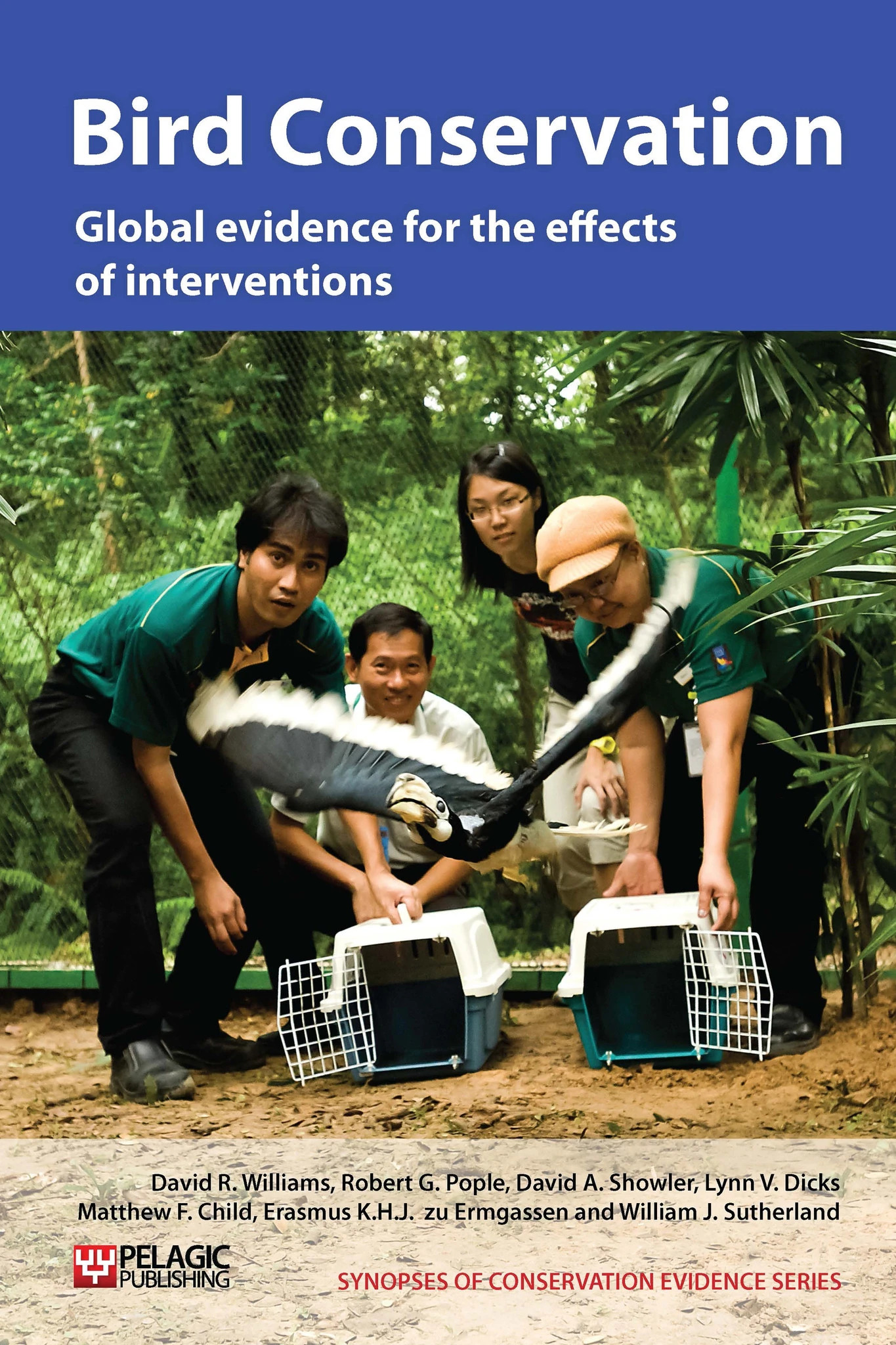Reduce inter-specific competition for food by removing or controlling competitor species
-
Overall effectiveness category Likely to be beneficial
-
Number of studies: 4
View assessment score
Hide assessment score
How is the evidence assessed?
-
Effectiveness
44% -
Certainty
40% -
Harms
0%
Study locations
Supporting evidence from individual studies
A replicated, controlled study in the spring of 1974 on a cereal farm in Villers-Cotterêts, France (Westerskov 1977), found that grey partridges Perdix perdix were significantly more abundant in areas provided with ‘partridge cafeterias’ than in control areas. These ‘cafeterias’ included mouse poison dispensers. This study is discussed in ‘Provide supplementary food to increase adult survival’.
Study and other actions testedA controlled before-and-after study in southern England between the winters of 1984/5 and 1990/1 (Phillips 1992) found that following the removal of 6.5 tonnes of coarse fish from a gravel pit lake (17 ha) in November 1987, there was a significant increase in the average populations of mute swan Cygnus olor (3.6 individuals in 1984-1987 vs. 69.3 in 1987-91), gadwall Anas strepera (1.1 vs. 19.6), shoveler A. clypeata (4.3 vs. 36.3), pochard Aythya ferina (40.0 vs. 82.2) and coot Fulica atra (2.1 vs. 203.1). There was a non-significant increase in tufted duck Aythya fuligula population, concurrent with a general increase in the area, and no change in populations of mallard Anas platyrhynchos, teal A. crecca or wigeon A. penelope. There were no corresponding changes at a control (13 ha) lake that did not have coarse fish removed. Increases were thought to be due to increases in benthic invertebrate and macrophyte abundance.
Study and other actions testedA controlled, before-and-after study from 1986-1990 on one gravel pit lake in Great Linford, UK (Giles 1994) found that tufted duck Aythya fuligula feeding success and abundance increased significantly following fish removal from a selected area of the lake in 1987-8 (from 0 to 149 brood observations), while numbers declined in areas where fish were not removed or were reintroduced (from 92 to 4 brood observations). Average brood size increased from 3 to 4 post fish-removal. Additionally, both invertebrate and plant-eating wintering waterfowl increased their use of the lake and species new to the lake began to nest and produce young. In total, 396 kg / ha of fish biomass was removed from the lake during 1987-1988 through seine netting and electro-fishing.
Study and other actions testedA before-and-after study from 1993-1995 at a heronry on an island off north-east Spain (Bosch 1996) found that there was no difference in kleptoparastic attacks by yellow-legged gulls Larus cachinnans on either little egrets Egretta garzetta or night herons Nycticorax nycticorax following the culling of gulls herons (0.30 attacks/hour before the cull, 54 hours, 1081 heron flights and 16 attacks recorded; 0.32 attacks/hour after the cull, 98 hours and 3581 heron flights and 13 attacks recorded). The gull population declined from approximately 13,500 pairs in 1993 to approximately 7,500 pairs in early April 1995, following the poisoning of breeding adults every year starting in 1992. All attacks were on herons in flight by subadult gulls (which would not be affected by the culling) and unsuccessful attacks were recorded.
Study and other actions tested
Where has this evidence come from?
List of journals searched by synopsis
All the journals searched for all synopses
This Action forms part of the Action Synopsis:
Bird Conservation
Bird Conservation - Published 2013
Bird Synopsis





)_2023.JPG)














